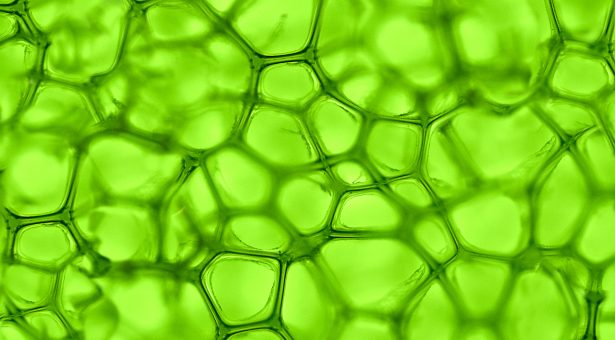How size splits cells

One of the scientists who revealed how plants “do maths” can now reveal how cells take measurements of size, which is important to cells as it determines when they divide.
In a paper published in eLife, Professor Martin Howard from the John Innes Centreand colleagues from the US, Germany and Singapore discovered that cells measure their surface area using a particular protein, cdr2p. The finding challenges a previous model suggesting that another protein called pom1p senses a cell’s length.
“Many cell types have been shown to reach a size threshold before they commit to cell division and this requires that they somehow monitor their own size,” says Professor Martin Howard.
“For the first time we can show how cells sense size and what aspect of size they measure, such as volume, length, mass or surface area.”
The scientists found that as cells grow, the concentration of the cdr2p protein grows. The cells use cdr2p to probe the surface area over the whole cell. Their experimental findings contest a previously suggested model.
The study involved imaging techniques and mathematical modelling in yeast called Schizosaccharomyces pombe with highly regular dimensions and a rapid cycle of cell division.
The research was funded by the National Institutes for Health in the US and the Biotechnology and Biological Sciences Research Council in the UK.
- Read the full paper; ‘Cortical regulation of cell size by a sizer cdr2p’


